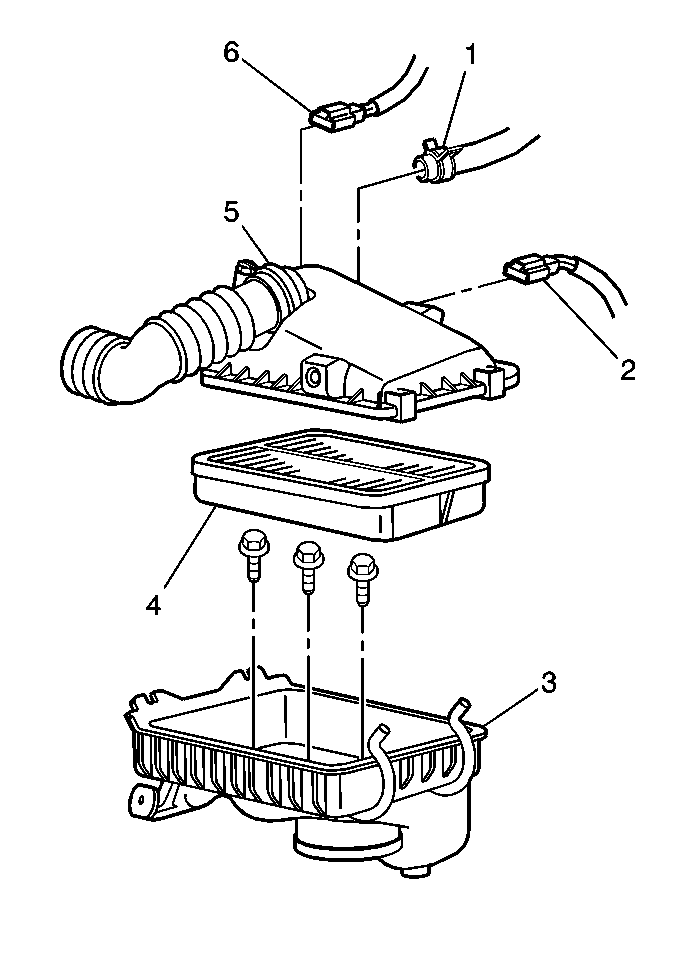The air induction system provides air and oxygen for the
combustion process. The air cleaner keeps dirt from entering the engine.
Outside air is drawn into a forward mounted air cleaner. The air passes
through the air filter element and past the mass air flow (MAF) sensor
to the throttle body. The air then flows through the intake manifold
and into the cylinder head. Finally in the cylinder head, the air travels
through the intake runner, ending in the combustion chamber.

